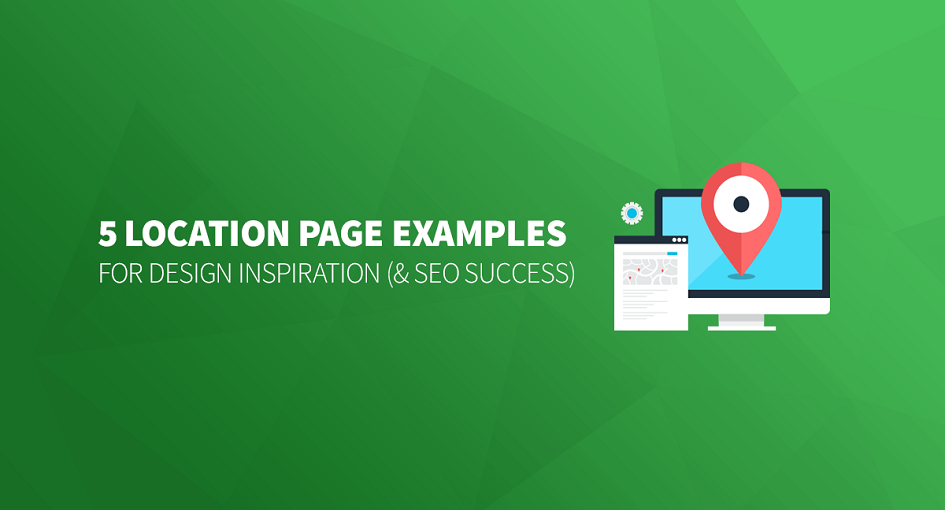
Location pages are a critical component of any business’s online presence, especially for those with physical locations. These pages serve a dual purpose: they enhance search engine optimization (SEO) efforts and provide valuable information to potential visitors. Explore the essential elements of creating a perfect location page that caters to both SEO requirements and the needs of your website visitors.
A well-structured location page begins with comprehensive information about your physical location. Ensure that you include the basics: your business name, address, phone number (NAP), and website. This information is crucial for both search engines and visitors looking for your establishment.
Maintaining a clear and consistent NAP across all online platforms is essential for local SEO. Whether on your page, Google My Business profile, or other directories, your NAP information should be uniform and accurate. This consistency builds trust with search engines and potential customers.
Your page should go beyond the basics and offer engaging and informative content. Describe your business, its history, and what makes your location unique. Include details about the products or services offered at that specific location and any special promotions or events.
Images provide a visual representation of your location. Include high-quality images of the exterior and interior of your business, products, services, and any unique features. Visual content helps visitors get a feel for your establishment and can influence their decision to visit.
Integrate an interactive map that allows visitors to easily find your location. Google Maps is a popular choice for this purpose. An embedded map provides visitors with a visual reference point and makes it simple for them to get directions to your business.
Displaying customer reviews and testimonials on your page is a valuable trust-building strategy. Positive feedback from previous customers can influence potential visitors. Be sure to keep these reviews up-to-date and respond to customer feedback, showing your commitment to their satisfaction.
Clearly list your business’s operating hours and contact information on the page. Make it easy for visitors to know when you’re open and how to reach you. Also, consider adding a click-to-call feature for mobile users for added convenience.
Optimizing your page for local SEO is crucial. This involves incorporating location-based keywords and schema markup, which provides search engines with structured data about your location. Proper SEO practices can improve your page’s ranking in local search results.
Ensure that your page is mobile-friendly, as a significant portion of internet traffic comes from mobile devices. A responsive design ensures that your page looks and functions well on smartphones and tablets, providing an excellent user experience.
Incorporate clear and compelling calls to action (CTAs) on your page. Encourage visitors to take specific actions, such as “Get Directions,” “Make an Appointment,” “Order Now,” or “Contact Us.” CTAs guide visitors toward conversion, whether it’s visiting your location, making a purchase, or contacting your business.
To enhance your page’s SEO and engagement, consider creating local content and blog posts. Share news, stories, and events related to your location. This not only provides valuable information but also connects your business with the local community.
Integrate links to your social media profiles on your page. This allows visitors to connect with your business on various platforms and expand your online presence.
In conclusion, creating a perfect location page is an art that combines SEO best practices with user-friendly content. A well-structured page provides essential information, engages visitors, and enhances local SEO efforts. It acts as a digital storefront that not only attracts search engines but also guides and informs potential customers. By following the guidelines mentioned above and focusing on both SEO and visitor needs, you can create a page that serves as a valuable asset for your business’s online success.